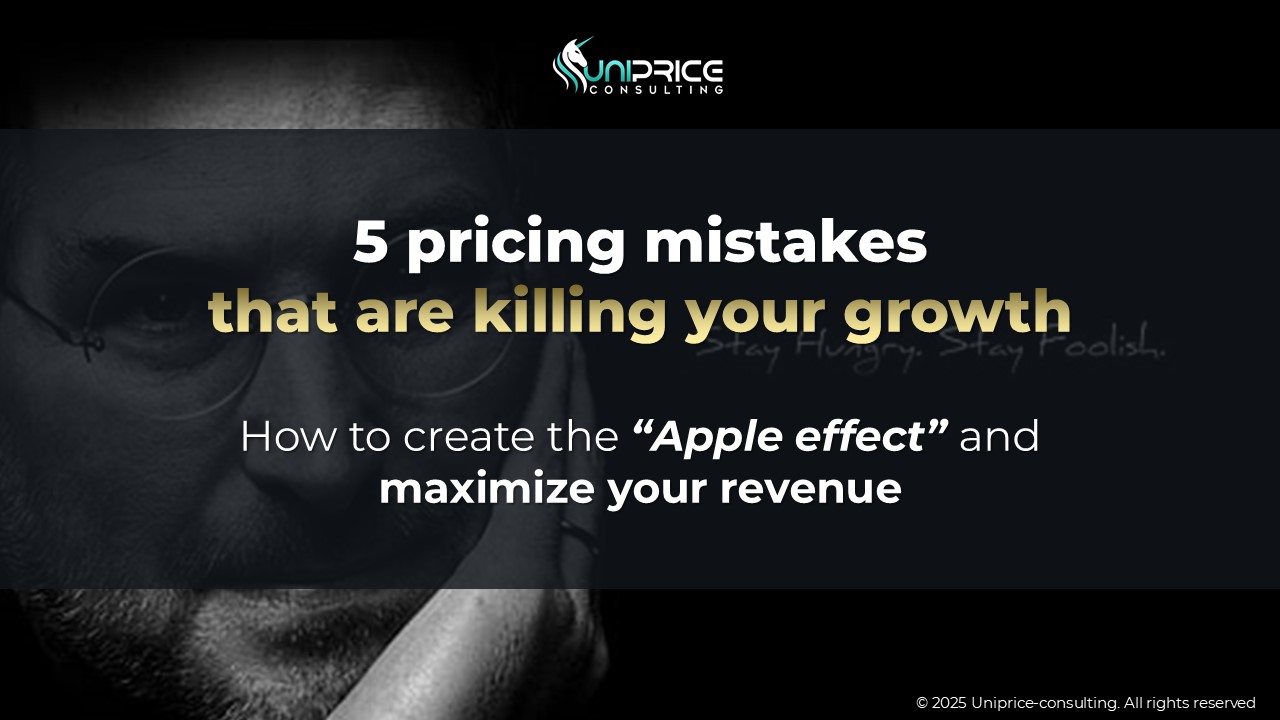In 2024, the number of business bankruptcies in France is rising alarmingly, particularly among small and medium-sized enterprises (SMEs). This increase, fueled by a challenging economic climate (inflation, reduced consumer spending, pressure on margins), not only affects these businesses but also impacts their partners, such as SaaS providers or B2B companies catering to the SMB (Small and Medium Business) segment.
Given this growing instability, it is crucial for businesses to shield themselves against risks tied to unpaid debts and potential devaluation of their operations. Here’s an analysis of the current situation and actionable strategies to protect your business.
1. 2024 Bankruptcy Figures: A Troubling Trend
A Significant Increase
The data on business failures in France reveals a substantial rise compared to previous years, with a surge in bankruptcies among SMEs. These financially fragile structures are particularly affected by:
- A contraction in the domestic market.
- Fixed costs that are hard to absorb.
- Difficulty accessing credit.
Impact on SaaS Providers Targeting SMBs
SaaS companies catering to SMEs are directly exposed to this crisis. Why? While the SMB segment is easier to penetrate for solutions like CRMs, ERPs, or HR tools, it is also far more vulnerable during economic downturns. These businesses have a higher likelihood of failure, leading to increased churn rates, unpaid invoices, and declining recurring revenue for SaaS providers.
2. How to Protect Your Business in This Economic Climate
To ensure these bankruptcies don’t weaken your own business, it is essential to adopt a proactive strategy and diversify risks. Below are several actionable measures you can implement immediately.
Leverage 1: Diversify Your Client Portfolio
Relying solely on one client segment (e.g., SMBs) is a fundamental risk to address in times of economic crisis.
How to diversify effectively?
- Client Size Diversification: If your focus is on SMEs, start developing features tailored to larger enterprises. While harder to penetrate, larger companies are generally more resilient during crises. If they face difficulties, they may “downsize” their subscription but will likely continue paying their suppliers.
- Geographic Diversification: The global economy is evolving, with emerging economic powers and untapped markets. Exploring new regions can help stabilize your revenue streams. However, this often requires significant investment and might justify a fundraising effort.
Leverage 2: Promote Prepayment
Prepayment is a powerful tool to secure your cash flow and limit the risk of unpaid invoices.
How to implement this strategy?
- Offer Discounts for Annual Payments: This common practice in SaaS has several benefits:
- Improved cash flow by receiving funds upfront.
- Reduced risk of unpaid invoices, as transactions are settled in advance.
- Incentivize Existing Clients: Propose a gradual discount plan in exchange for early payment.
Leverage 3: Strengthen Your Contracts
In light of the rise in bankruptcies, it’s important to adjust your contracts to protect yourself legally.
Best practices to follow:
- Creditor Priority Clauses: Include clauses that position you as a priority creditor in case of liquidation. This may require consultation with your lawyers or legal advisors, but it can make a significant difference if a client goes bankrupt.
- Caution Against Asset-Only Acquisitions: More companies in financial difficulty are selling off assets while erasing debts. Ensure your contracts safeguard your receivables in such scenarios.
Leverage 4: Monitor Your Clients and Be Proactive
Risk management starts with heightened vigilance over your clients.
How to anticipate potential issues?
- Analyze Their Financial Health: Set up a system to monitor the financial indicators of your key clients (e.g., using tools like Altares or Creditsafe).
- Limit Exposure: Reduce trade credit to vulnerable clients or impose stricter payment terms (e.g., shortening payment deadlines).
3. The Key: A Proactive and Agile Strategy
In an uncertain economic environment, the businesses that survive and thrive are those that anticipate risks and adapt quickly. Bankruptcies are part of the economic cycle, but they don’t have to jeopardize your operations.
To summarize, here are the priority actions to take:
- Diversify your clients (in terms of size and geography).
- Encourage prepayment to secure your cash flow.
- Adapt your contracts to protect yourself in the event of client liquidation.
- Monitor your clients’ financial health and reduce exposure to high-risk companies.
By implementing these strategies, you can mitigate the impact of bankruptcies on your business and build a stronger foundation for a more resilient future.
Lyas Driad
CEO








